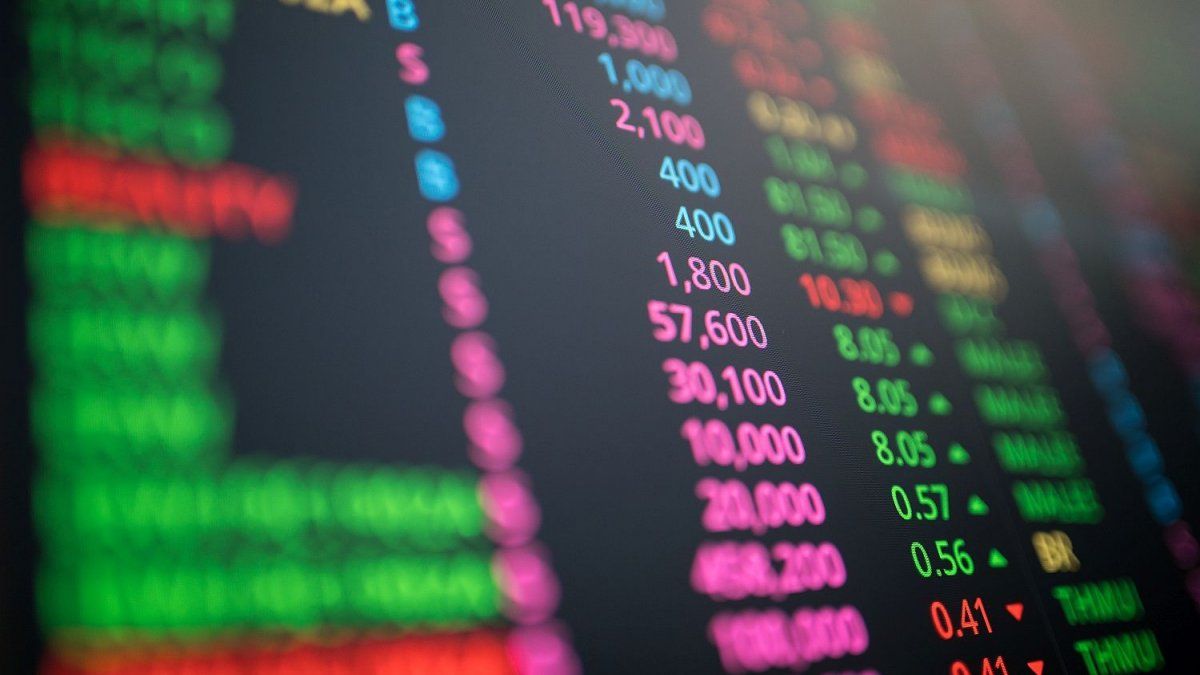At a very financial lunch, the political topic crept in and a banker, upon arriving at the economic team, outlined that The official strategy could be to get the Bases law out anyway and then with the renewal of the Court, more aligned with Javier Milei, begin to move forward with the big changes.
At that point the table suffered a tsunami of skepticism. The market wants to see the governance test with at least a pass. Another banker, very active with international funds, pointed out that the external context was not helping now either because the results of the elections in India and Mexico had an unfavorable impact and this explained the outflow of capital from emerging markets in recent days. Not only was Modi a winner, in the Indian case, but by a smaller margin that forces him to negotiate power and form a coalition, which is why there are fears for the continuity of the reforms.
While in the case of Mexico, where the official candidate triumphed, not only do the funds fear for the new president’s agenda but also for what the current president does before leaving power, because the legislative numbers now give him the margins necessary to carry out a constitutional reform to accentuate the populist bias. The issue is, as the banker explained, that the newly elected legislators take office a month before the new president, so López Obrador could attempt what he did not achieve in his mandate.
The truth is that investment funds specialized in emerging markets began to rearrange their portfolios. In this sense, another diner contributed the vision of Robeco strategists who remember that in the first decade of the 21st century profitability was exceptional due to unique circumstances and now they identify three trends that will mark emerging markets in the next decade: technological innovation, urbanization and sustainability, and geopolitical changes and global trade dynamics.
They highlight that rated emerging bonds have had a higher performance than their US counterpart and in the case of equities, the improvement in the purchasing power of the new generation of consumers is favorable for companies that pay dividends. According to him, this vision and analysis of Robeco is shared by Generali and Abrdn about emerging markets and their opportunities.
Clues and trading ideas
But there was also time to throw out some trading clues and they started with one of the people from Neix: the rearrangement of rates in the long tranche of Lecaps, even above the rate at which they came out in the case of S31M5, is part of a generalized nominal adjustment (rise in Rofex, expected inflation, financial dollars); But the dynamics of reserve accumulation and volatility on the political front also play against a long position in fixed-rate bills that came to be quoted practically as the BCRA debt net of taxes.
So, For the short section of 2025 they continue to prefer CER or Badlar debt (PBA25, link) but they believe that the March Lecap parity is already at a “fair price” or fair value. That is why they began to close the S31M5 short trade, although rather than taking an exposure in that part of the curve they prefer to wait for the Finance tender in conjunction with the May inflation data. In turn, they open a trade in the BPY26 bond, taking advantage of the recent decline against parity, giving a return 7 points below the AL30 bond, but with a shorter maturity and partial amortizations that begin in November of next year.
The other trading idea started from a question: Is there value in the PBA25 bond (Buenos Aires Badlar due April 2025)? The strategists explained that with a peso curve at a fixed rate until March of next year it is possible to build a “fair price” for the short Badlar bonds. In particular, they analyzed the value of PBA25. To do this, they consider not only the structure of fixed rates but also the trajectory of expected inflation in the market. It must be taken into account that the Badlar is mainly affected by the Pass rate and not by the Lecaps rate, so the Badlar is currently at a level below the Lecaps reference rate. The difference is approximately 1 monthly point which is equivalent to a little more than 12 points in TNA.
The Badlar in real terms is located at approximately -3.5% monthly, if in the future the real rates of the shorter instruments begin to be positive (post cleanup of BCRA liabilities and lifting of exchange controls), as is happening in the longer instruments, inflation should fall more than the Badlar moves.
So, given the rates of Lecaps in the market, the PBA25 is slightly expensive (less than 1%) according to the estimated “fair price”. However, if the current “breakeven” inflation is added to this analysis, it may already be convenient to be positioned in a variable rate instrument as of April 2025. This triggers a trader’s idea of opening a purchased position in PBA25 and on the other part, still keep two trades open (long AL30 and short S31M5).
The longer-term Lecap trade is maintained despite the rise in the entire curve, betting that a position in CER is better for that section.
Source: Ambito
I am a 24-year-old writer and journalist who has been working in the news industry for the past two years. I write primarily about market news, so if you’re looking for insights into what’s going on in the stock market or economic indicators, you’ve come to the right place. I also dabble in writing articles on lifestyle trends and pop culture news.




